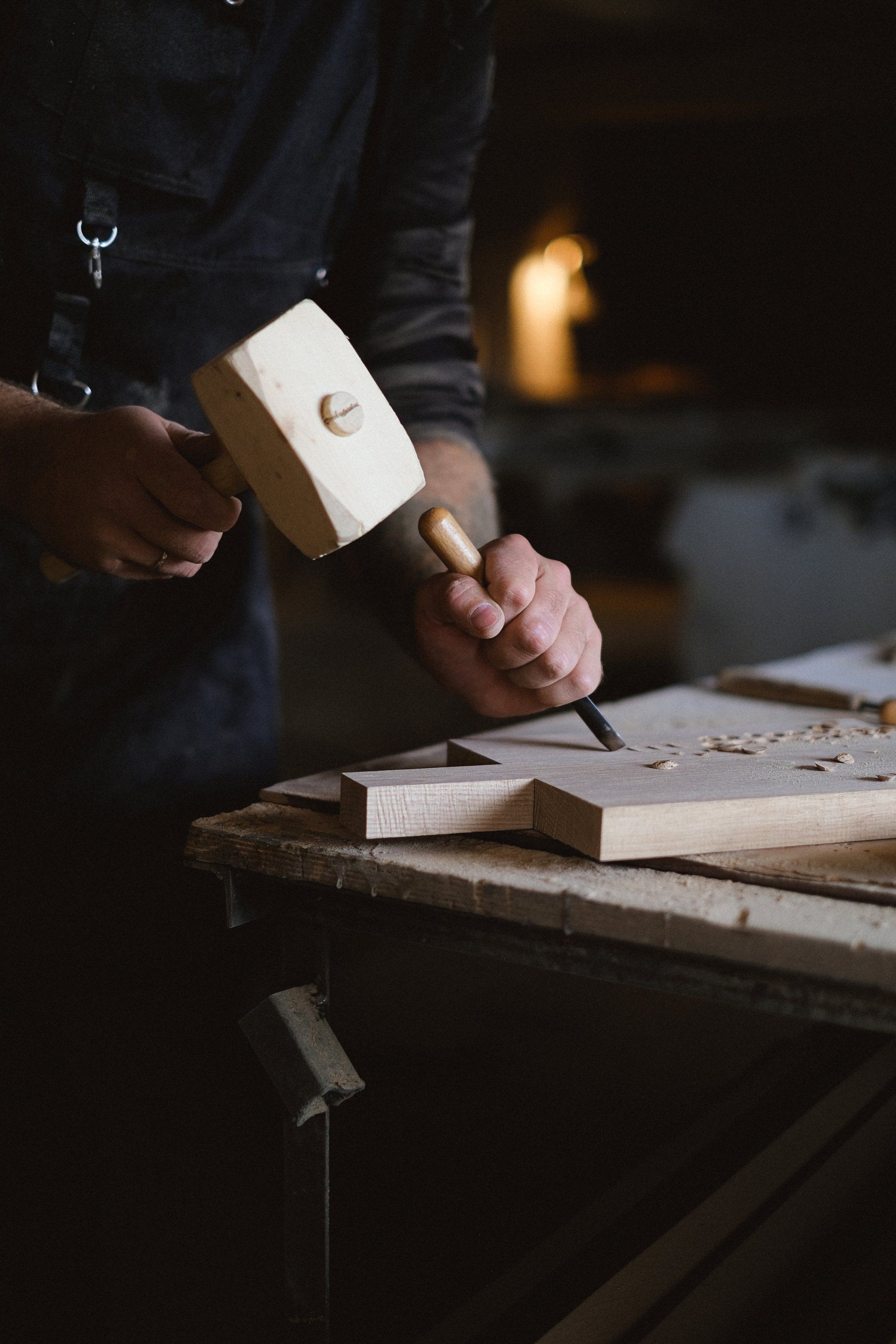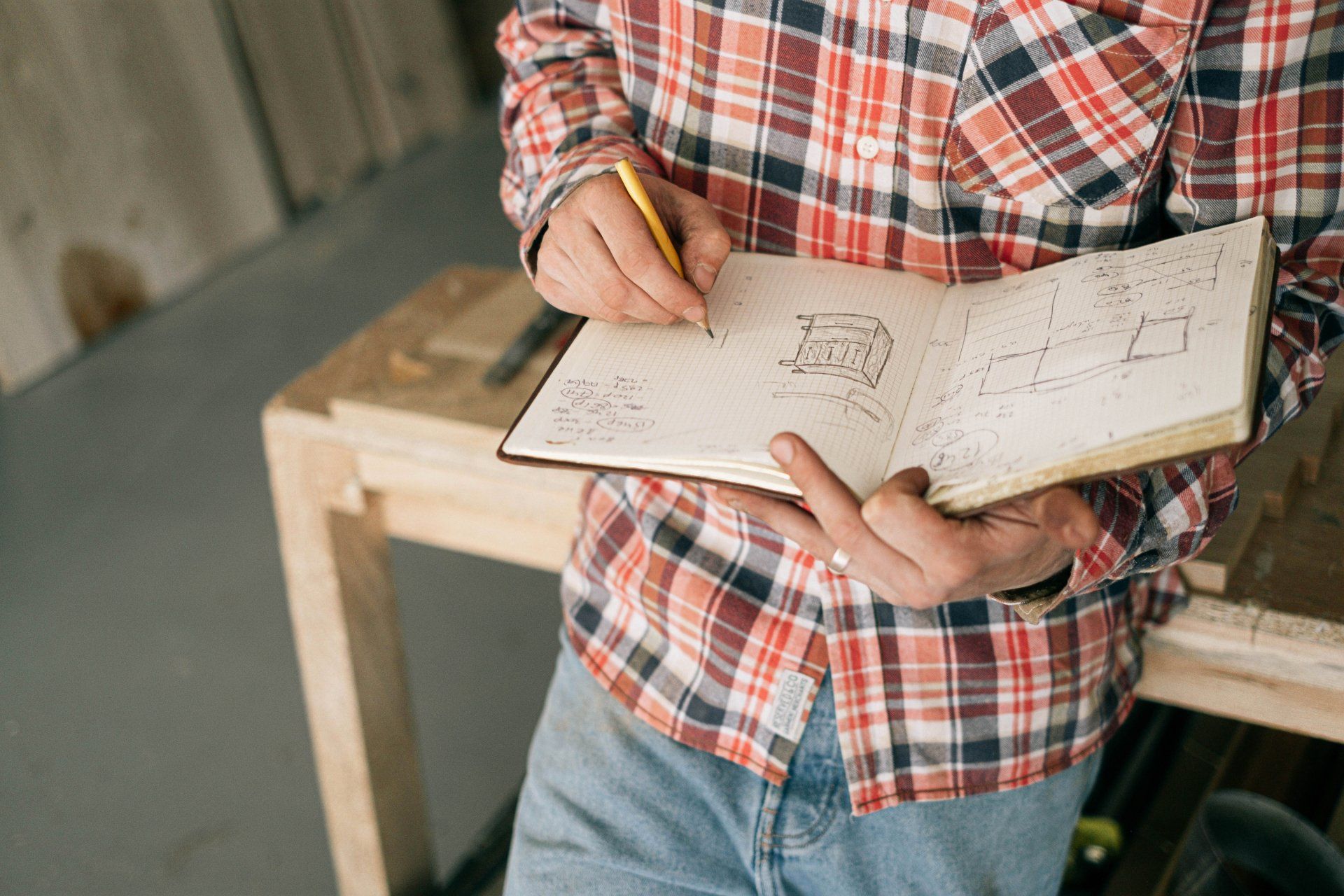Toronto Carpenters
Welcome to Toronto Carpenters, Toronto's premier carpentry business. With over 20 years of experience and a team of skilled craftsmen, we are dedicated to providing the highest quality custom woodworking, cabinetry, and furniture restoration services to our clients. Trust us to bring your vision to life with expert craftsmanship, attention to detail, and exceptional customer service. Choose Toronto Carpenters and experience the difference of working with Toronto's number one carpentry business.
Introduction
Woodworking is an age-old craft that has been passed down through generations. From furniture to cabinetry, one of the fundamental aspects of woodworking is the art of joinery. Joinery refers to the technique of connecting two or more pieces of wood to create a sturdy and durable structure. In this article, we will delve into the world of joinery, exploring different types of wood joints that are commonly used by craftsmen and artisans. Whether you are a beginner or an experienced woodworker, understanding these joints will enhance your skills and allow you to create masterful pieces of craftsmanship.
1. Butt Joint
The butt joint is one of the simplest and most basic types of wood joints. It involves joining two pieces of wood by simply butting them together. This joint is commonly used in construction, but it lacks strength and stability compared to other types of joints. Reinforcement with screws, nails, or adhesives is often necessary to increase its strength.
2. Miter Joint
The miter joint is widely used in woodworking projects that require precise angles, such as picture frames or moldings. It involves cutting the ends of two pieces of wood at a 45-degree angle and joining them together to form a 90-degree corner. The miter joint creates a clean and seamless appearance, but it may require additional reinforcement, such as splines or biscuits, for added strength.
3. Dovetail Joint
The dovetail joint is renowned for its strength and aesthetic appeal. It consists of interlocking fan-shaped tails on one piece of wood and corresponding pins on the other, creating a tight and sturdy connection. This joint is commonly used in cabinetry and drawer construction, as it provides excellent resistance against pulling forces. The intricate craftsmanship required to create dovetail joints showcases the skill and expertise of a woodworker.
4. Mortise and Tenon Joint
The mortise and tenon joint is a versatile joint that has been used for centuries in furniture making. It involves creating a rectangular hole (mortise) in one piece of wood and a corresponding projection (tenon) on the other. The tenon is then inserted into the mortise, creating a strong and durable connection. This joint is widely regarded as one of the strongest joints in woodworking and is commonly used in table legs, chair frames, and door construction.
5. Tongue and Groove Joint
The tongue and groove joint is commonly used in flooring, paneling, and cabinetry. It involves cutting a groove on one piece of wood and a corresponding tongue on the other, allowing the two pieces to fit snugly together. This joint provides stability and prevents movement between the boards, making it ideal for applications where a seamless and uniform appearance is desired.
6. Half-Lap Joint
The half-lap joint is a simple yet effective joint used in woodworking projects that require a strong and flush connection. It involves removing half the thickness of each piece of wood at the point where they intersect, creating a lap joint. This joint is commonly used in the construction of frames, boxes, and shelving units, as it provides good strength and stability.
7. Box Joint
The box joint, also known as a finger joint, is often used in box and drawer construction. It involves cutting a series of interlocking rectangular pins and slots on the ends of two pieces of wood, creating a strong and decorative joint. The box joint provides good strength and resistance to pulling forces, making it suitable for applications where durability is essential.
Conclusion
In the world of woodworking, the art of joinery plays a crucial role in creating strong, durable, and visually appealing structures. From basic butt joints to intricate dovetail joints, each type of wood joint has its unique characteristics and applications. By understanding and mastering these joinery techniques, you can elevate your woodworking skills and create stunning pieces of craftsmanship. Remember to choose the appropriate joint for your project based on its strength, appearance, and functionality. So, go ahead, embrace the art of joinery, and let your creativity soar!


